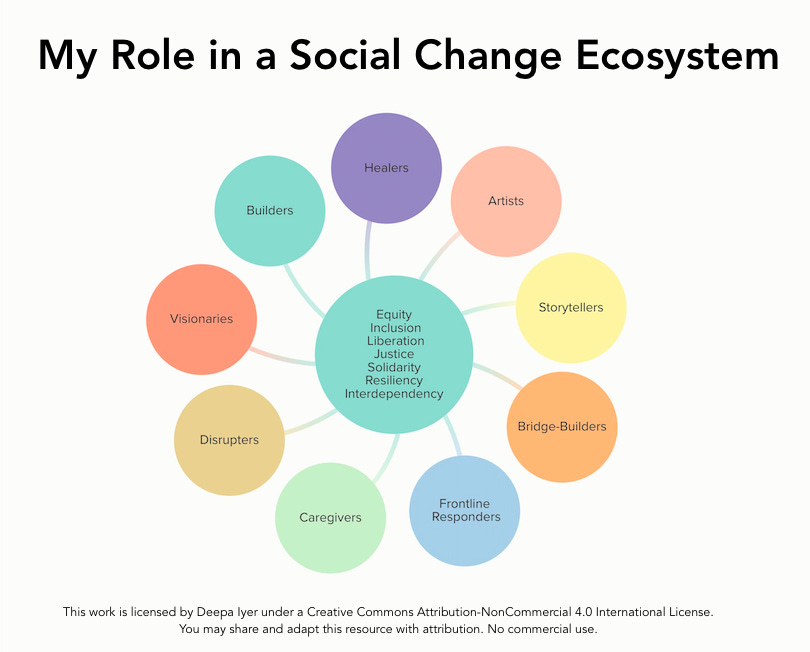I’ve been asking myself some simple questions since 2020, specifically about what it means to be both a writer and a healer. I continually wonder how exactly do I hold space for fear, grief, anger … for being uncomfortably numb or in a place where one just doesn’t know how to feel anymore? I’ve been there myself, after all. Because healers need space for healing too, I contemplate the consistent practice of what I encourage — using my chosen art form as a way to release, integrate, or even transform the emotions and thoughts that could possibly send anyone else spiraling into madness (if they lived inside my head long enough and got stuck there).
I believe so strongly that spaces for storytelling and truth sharing are pivotal to my own healing journey, that I gladly preach the tradition as gospel.
Story is what makes us human.
It places our bodies in the fabric of our lives, helps us remember who we are and who we don’t want to be. It brings pain and suffering into the light, keeping us from burying the hard-earned truth that frees us so we can recognize the gaslighting of denial and erasure.
And yet, even as powerful and potent as spaces for telling our stories are, I still wonder if this work is enough in times such as these. I often worry … perhaps a better personal path would reveal itself if I had other kinds of gifts and talents like those I perceived as stronger, more able-bodied, with extroverted personalities and such. (Which is why I was really grateful someone came up with that social change ecosystem wheel, so I could check those worries at the door and tell them to “get to steppin’” as Martin used to say.

But I am reminded of a story about love as told by Henri Nouwen. He recounts the story of a time when he worked in a residential community for those living with intellectual and developmental disabilities. He assisted a young man who could not verbally speak, and needed assistance getting dressed, bathing — the sorts of things I take advantage of on the regular. I know this work well enough, as I worked for a similar organization many years ago.
It’s not easy work to be a care provider or a care receiver. Especially if you started off very independent and self-sufficient and raised in a world that prizes self-sufficiency. I worked in residential communities where residents put staff in the hospital numerous times, and I worked in communities where residents were harmed, abused, and taken advantage of by staff who had no business working in such settings. Like I said, it wasn’t easy work. But I had never thought about the lessons in love — lessons I didn’t realize others taught me — until I read Nouwen’s story. At that time in my life, I was on a quest to prove I was a valuable human being by what I could offer in service to humanity. Apparently, I had that in common with Nouwen, and I have a feeling some of you reading this today have been there too.
Nouwen learned love in a new and expanded capacity because of the young man he’d been assigned to care for. This person could not give Nouwen or our Western society all the actions some of us burn out doing so our lives are deemed worthy. Not this young man, he didn’t run the rat race or jog the hamster wheel, he offered Nouwen the gift of his vulnerability, his presence, his time, his companionship, his trust, and his witness and it was more than enough. Perhaps this young man didn’t know anything about a social change ecosystem, yet he built a bridge to the heart of a well-accomplished priest, professor, writer, and theologian and taught him a thing or two about the greatest gift of all — love.
According to Nouwen, this story about the young man was also his story of weakness, vulnerability, and dependency — as well as strength, authenticity, and giftedness. And it’s a reminder to me that there is no right answer to the questions that often beg for a head response. The heart dives deeper past the surface questions to the core of the matter, giving us permission to live out a shared story of love in whatever our capacity is to live it … and that is enough.
*This post originally appeared on my Substack newsletter “Take What You Need”.
